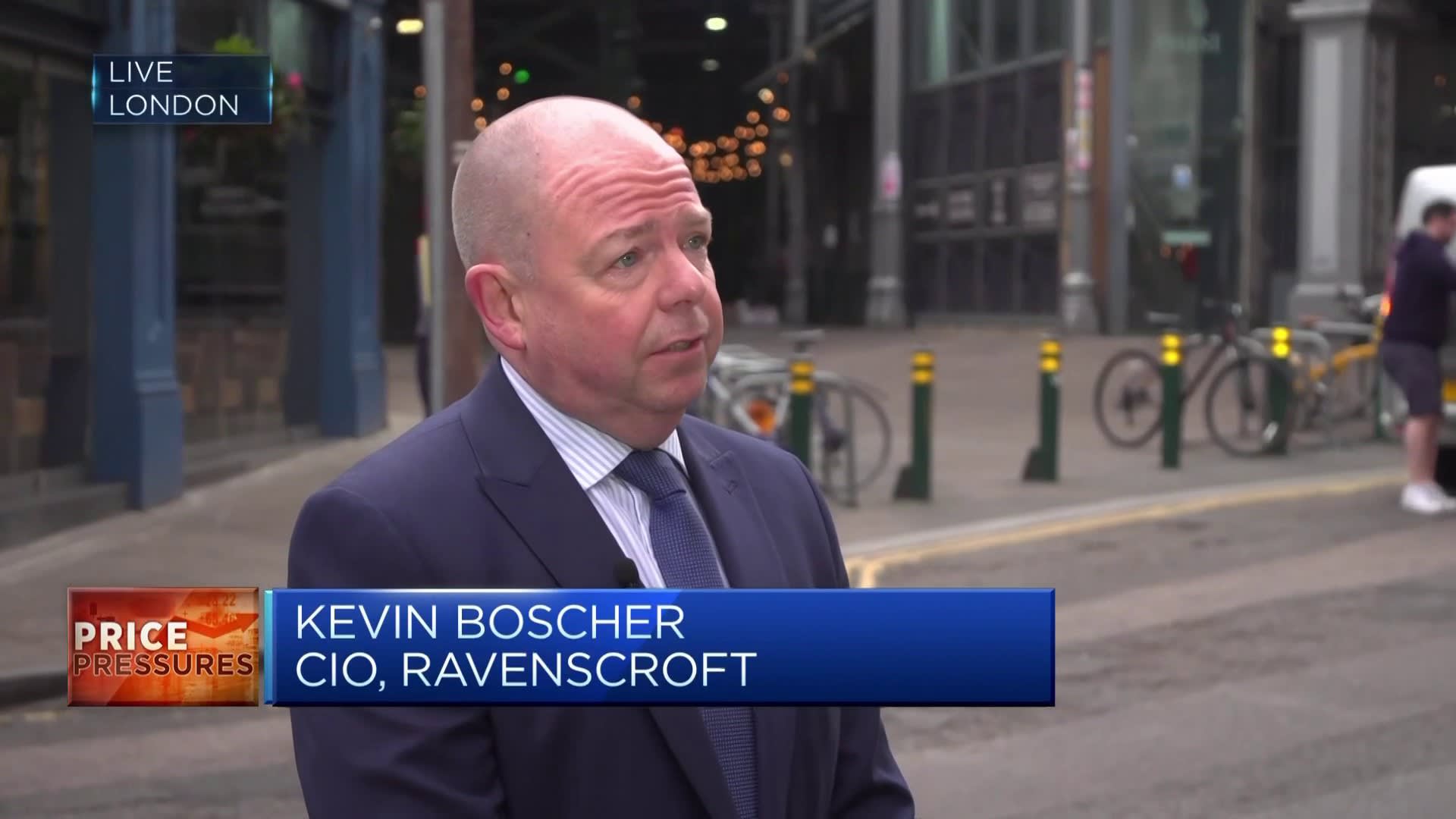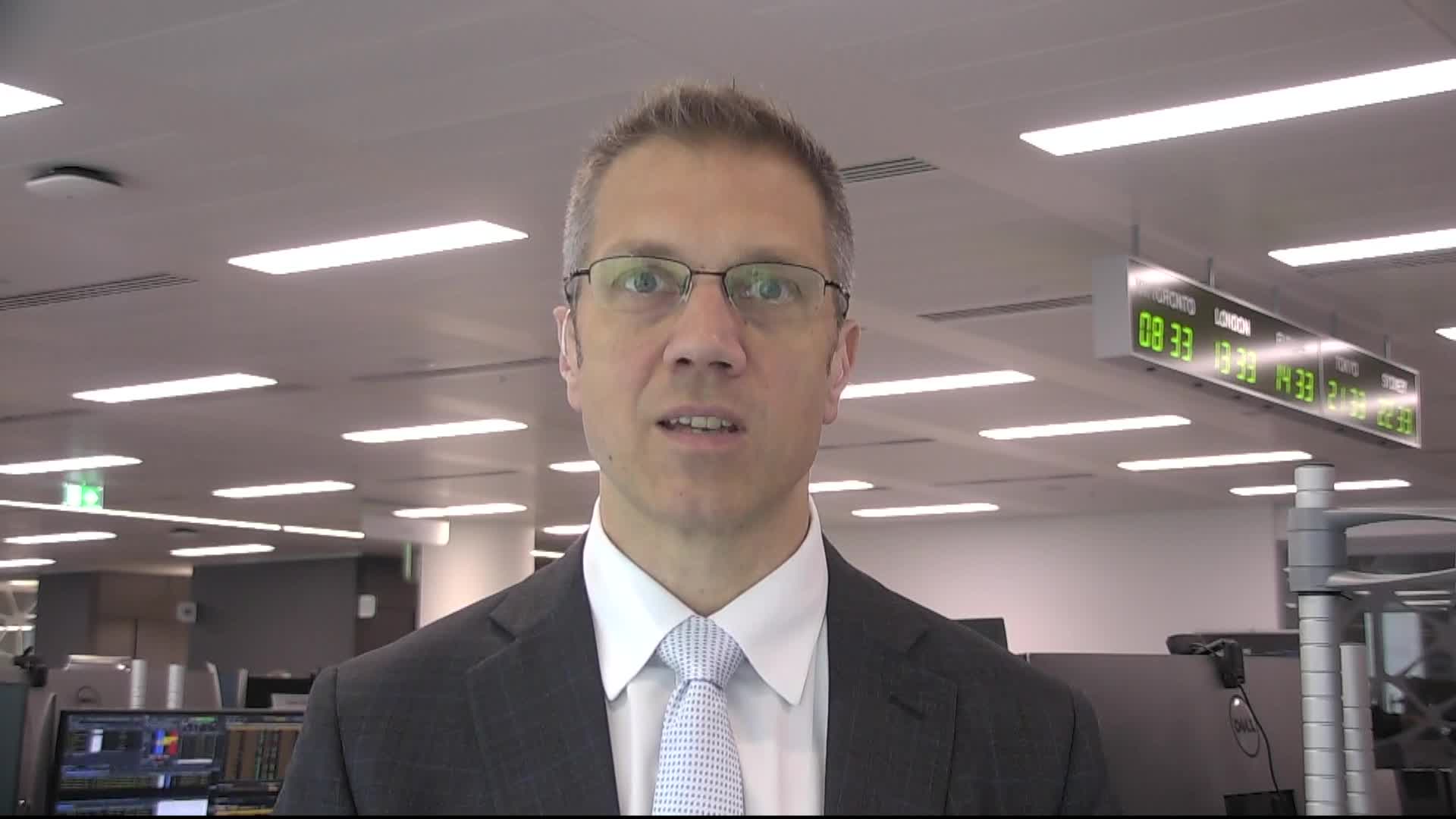People walk outside the Bank of England in the City of London financial district, in London, Britain, January 26, 2023.
Henry Nicholls | Reuters
LONDON — The Bank of England is expected to hike interest rates for the 12th consecutive meeting on Thursday as inflation continues to run hot, but the summit may be drawing near.
The U.K. economy has held up better than expected so far this year, though GDP flatlined in February as widespread strikes and the cost-of-living squeeze hampered activity, while the labor market continues to look resilient.
Annual headline inflation remained stubbornly above 10% in March, driven by persistently high food and energy bills, while core inflation also remained unchanged, highlighting the risk of entrenchment. The Bank expects it to fall rapidly from the middle of 2023 to reach around 4% by the end of the year, however.
The market almost unanimously expects the Monetary Policy Committee to opt for another 25 basis point hike on Thursday, with a majority of economists expecting a 7-2 split vote to take the Bank Rate from 4.25% to 4.5%. However, projections beyond that begin to diverge.
The U.S. Federal Reserve last week implemented another 25 basis point hike but dropped what the markets interpreted as a tentative hint that its cycle of monetary policy tightening is drawing to a close.
The European Central Bank last week slowed its hiking cycle, opting for a 25 basis point increment that lifted rates to levels not seen since November 2008, but contended that the “inflation outlook continues to be too high for too long.”

The Bank of England faces a trickier tightrope, though, with the U.K. tipped to be the worst-performing major economy over the next two years and inflation considerably higher than peers.
Barclays economists on Friday suggested that the MPC may follow the lead of its transatlantic counterpart and that a “new qualifier might signal that the end is in sight.”
The British lender expects a 25 basis point hike consistent with data and developments since March, based on a 7-2 split with external members Silvana Tenreyro and Swati Dhingra voting to keep rates on hold.
“We think the MPC will keep options open in a balanced manner, reiterating that evidence of persistent inflationary pressures could require further tightening, while signalling that it might pause if data comes in line with MPR projections,” Chief European Economist Silvia Ardagna’s team said.
“All this, and updated projections, should be consistent with our call for a final 25bp hike at the June meeting to a terminal rate of 4.75%.”
Updated forecasts
Alongside the rate decision, the MPC will update its forecasts on Thursday. Barclays expects a more upbeat growth outlook and shallower medium-term inflation path than in February’s projections, due largely to lower energy prices, additional fiscal support announced in the government’s Spring Budget and “more resilient household consumption underpinned by a tighter labor market.”
This updated guidance would enable the Bank to skip hiking at its June meeting and potentially move to hiking alongside each Monetary Policy Report (MPR) every three months, contingent on economic data.
“Thus, while our base case remains for a final hike in June, we see risks that they skip this meeting and deliver the final hike in August,” Ardagno’s team said.
Deutsche Bank Senior Economist Sanjay Raja echoed the projections for a 7-2 split in favor of a 25 basis point hike on Thursday, followed by another quarter-point in June.
He does not expect any changes in the forward guidance, and suggested the MPC would reiterate its data dependence and look to retain as much flexibility as possible heading into the next meeting.

Policymakers will be waiting to see how their tightening of financial conditions over the last year has fed through into the real economy. Services CPI (consumer prices index) and average wage growth will be of particular interest to the MPC, Raja suggested.
“Risks are skewed towards a more dovish pivot, with the MPC putting more stock in the lags in monetary policy transmission. Implicitly, this could indicate a preference for potential hikes during MPR meetings, giving the MPC more time to assess incoming data,” Raja said.
The central bank projected in February that the consumer price index (CPI) inflation rate will drop from the annual 10.1% recorded in March to just 1.5% in the fourth quarter of 2024.
Raja suggested the most interesting aspect of Thursday’s report for the market will be any perceived change in the MPC’s confidence in its outlook, which will give the clearest indication as to whether policymakers believe they can get inflation back to its 2% target over two- and three-year horizons.
The risk of a dovish tilt in the Bank of England’s guidance was also flagged by BNP Paribas economists, who believe Thursday will prove to be the end of the Bank’s tightening cycle.
“We don’t think the MPC will signal as such, with the forward guidance likely to remain suitably vague about the future policy path. But risks appear skewed towards a dovish inflection, particularly given already-elevated market pricing for further hikes, in our view,” BNP Chief Europe Economist Paul Hollingsworth and his team said in a note Friday.
This article was originally published on CNBC



